1966 Dodge Coronet W023
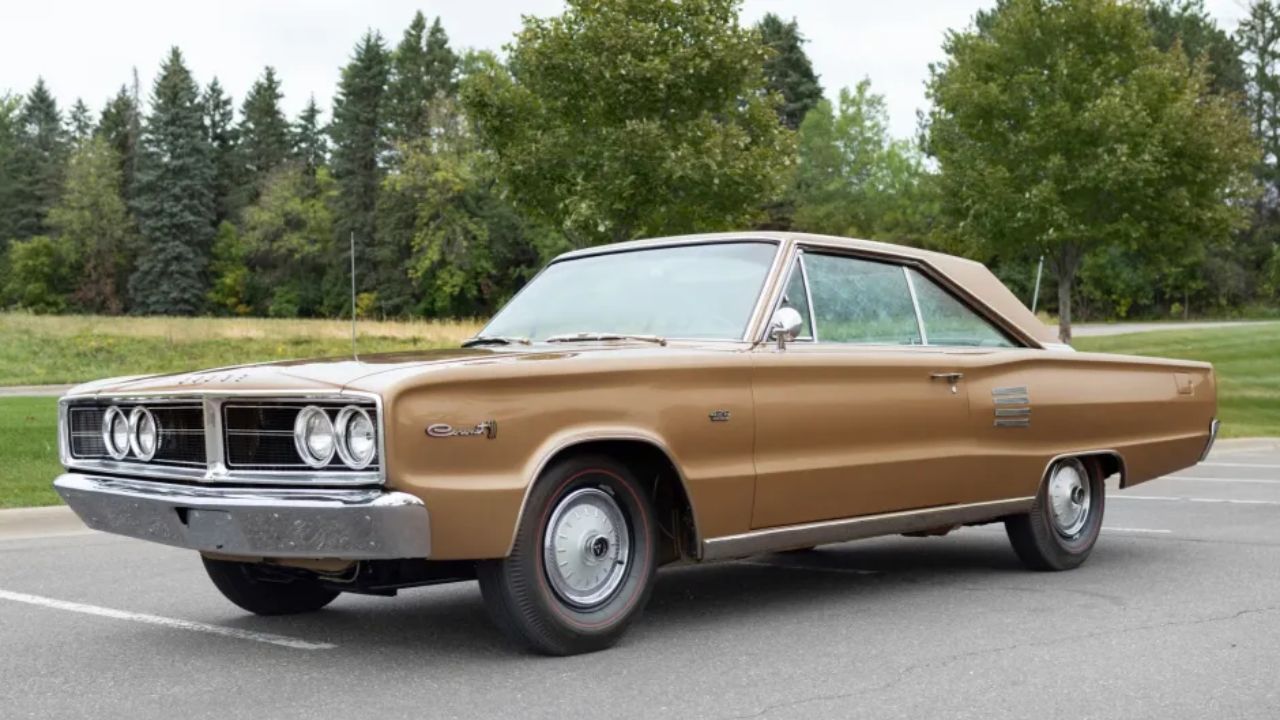
The 1966 Dodge Coronet W023 wasn’t built for the showroom floor—it was built to run. Only about 55 were made, all stripped-down factory drag cars designed for NHRA Super Stock. Under the hood sat a 426 HEMI with 12.5:1 compression and dual four-barrels, pushing well over 425 horsepower. Interiors were gutted, heaters deleted, and seats were basic lightweight units. They were shipped to racers ready to hit the strip. These cars barely appear at auctions and rarely on the street, making them one of the rarest muscle cars Dodge ever built.
1970 Mercury Cyclone Spoiler 429 SCJ

Mercury’s 1970 Cyclone Spoiler with the Super Cobra Jet 429 was a sledgehammer aimed at NASCAR. With a 375-horsepower rating and Drag Pack goodies like a 4.30 rear axle and oil cooler, this car was no joke. Less than 400 were produced with this setup. Though it shared a powertrain with Ford’s Torino Cobra, the Cyclone Spoiler had unique front-end styling and more aggressive trim. It slipped through the cracks of collector circles, which is surprising given its muscle and rarity.
1971 Pontiac Ventura II Sprint 350 HO

The Ventura II Sprint looked like a grandma’s grocery-getter, but some versions packed Pontiac’s 350 High Output V8. It made 325 horsepower in GTO-tuned spec with a Quadrajet carb and dual exhaust. Matched with a 4-speed manual, it turned this sleeper into a surprise threat at the stoplight. Production figures were never separated out by engine for this trim, but examples are incredibly scarce today. Most buyers passed it over for the more obvious Firebird or LeMans, but the Sprint 350 HO version deserves a second look.
1969 AMC Hurst SC/Rambler
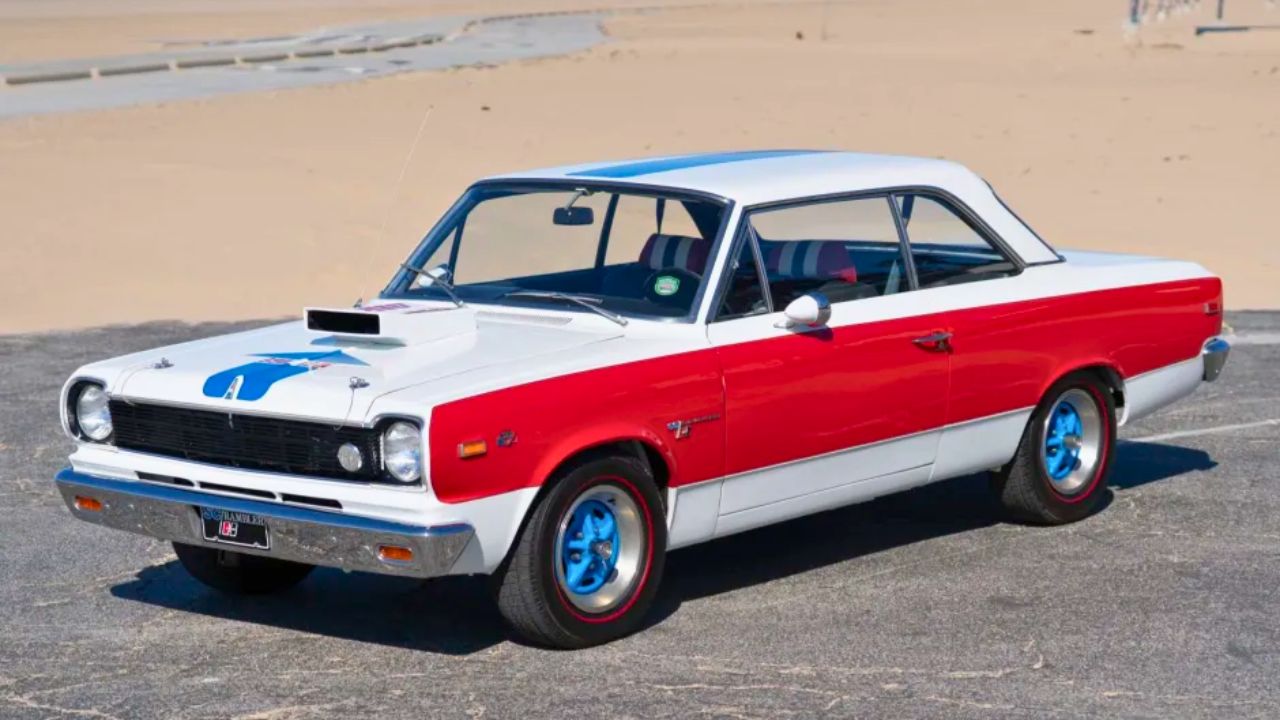
The SC/Rambler was AMC’s idea of a mic drop. Built in partnership with Hurst, it featured a 390 cubic-inch V8 cranking out 315 horsepower in a lightweight Rambler Rogue shell. With bold red, white, and blue paint and a hood scoop that looked like it was stolen off a dragster, it wasn’t shy. Just over 1,500 were built. Despite being brutally quick for its size and price, it lived in the shadow of Big Three muscle machines, making it a hidden gem in muscle car lore.
1964 Ford Thunderbolt

The 1964 Ford Thunderbolt was essentially a Fairlane stuffed with a 427 cubic-inch race engine and turned loose on the dragstrip. It came with fiberglass fenders, a teardrop hood, Plexiglas windows, and no frills. The 427 high-riser made over 425 horsepower and was paired with either a 4-speed or automatic. Ford only built 100 of them, all aimed at dominating NHRA Super Stock. It was never meant for the street, but some snuck out to private buyers. The Thunderbolt is muscle at its rawest.
1971 Chrysler 300 Hurst
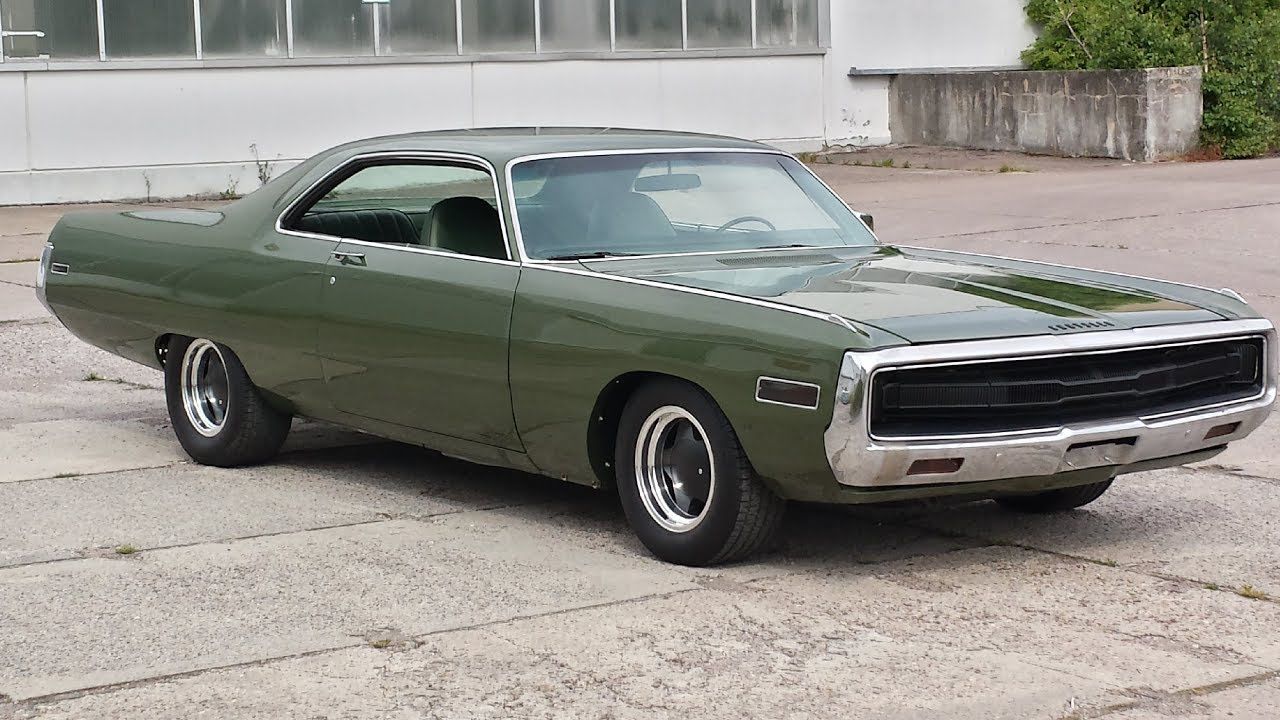
Only about 500 Chrysler 300 Hurst editions were ever produced, and they weren’t small-block boulevard cruisers. These were full-size brutes with a 440 cubic-inch TNT V8 rated at 375 horsepower, complete with TorqueFlite transmission and special Hurst badging. Weighing over 4,200 pounds, it was more brawler than sprinter, but it could still run the quarter in under 15 seconds. It wore a white and gold paint scheme and came loaded with luxury touches, blending muscle and opulence in one strange, rare package.
1972 Buick GS 455 Stage 1 Sun Coupe

The 1972 GS 455 Stage 1 was already serious business, but a handful were ordered with the Sun Coupe package, which featured a rollback fabric roof. Only a small number of Stage 1s were optioned this way. The engine made 270 net horsepower (rated around 360 gross) and cranked out 510 lb-ft of torque. It was one of the highest torque ratings of the era. These cars are unicorns today, rarely seen outside of private collections, and combine top-tier muscle with quirky factory flair.
1967 Plymouth Belvedere II GTX Pilot Car

Before the GTX officially launched in 1967, Plymouth built a small number of Belvedere II pilot cars with pre-production GTX equipment. Some were fitted with 426 HEMI engines and early badging. These cars were used for testing, marketing photos, and dealer previews. A few made it into private hands, but tracking them down is nearly impossible. If you ever come across one, you’re looking at a piece of Mopar development history with muscle car muscle baked in from day one.
1968 Oldsmobile 442 W30 Post Coupe

The W30 version of the 1968 442 was no slouch, but the post coupe—or club coupe—version added stiffness and saved weight. Very few W30s were ordered this way, making them hard to find today. With a 400 cubic-inch V8 pumping out 360 horsepower and the Ram Air system feeding it cool outside air, the W30 was the sleeper’s choice. It had red inner fender liners, a fiberglass hood with functional scoops, and little flash. It was all business under that modest exterior.
1973 Chevrolet Chevelle SS 454
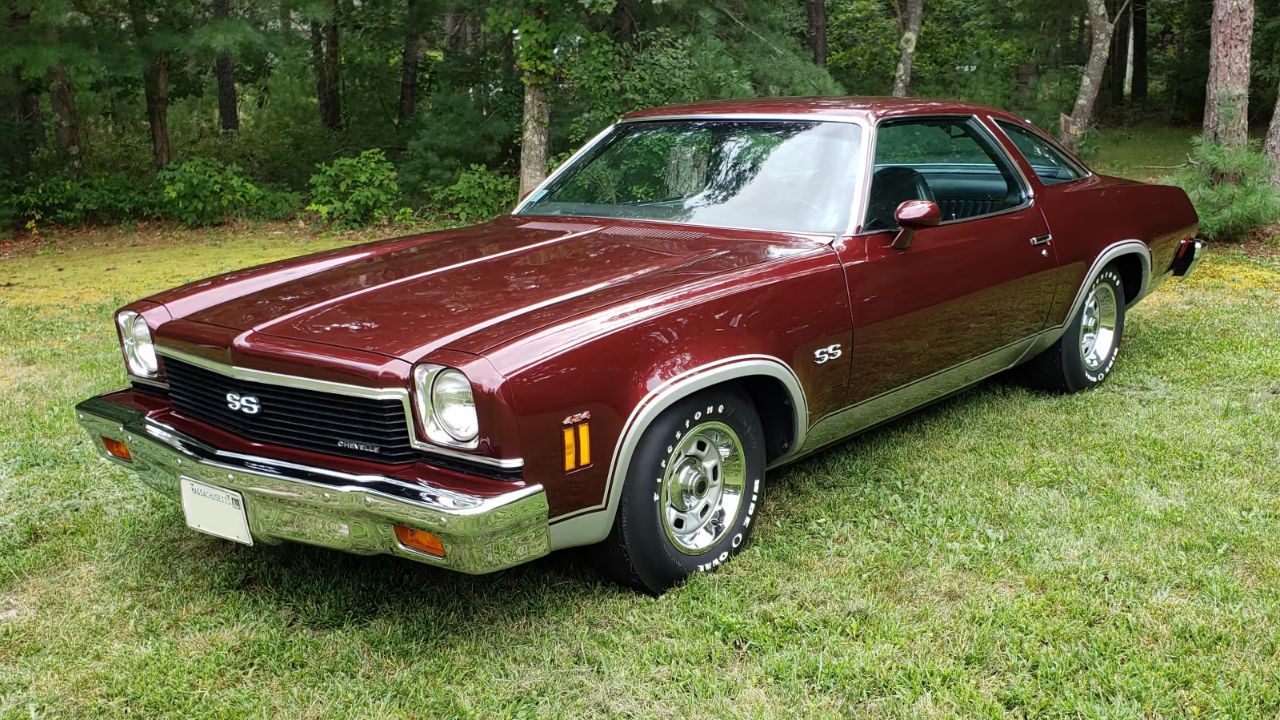
By 1973, the muscle car era was on life support, but a few bright spots remained. The Chevelle SS 454 with the LS4 engine was one of them. Rated at 245 net horsepower, the engine still made over 360 gross and packed solid torque. It had revised styling, less chrome, and a bigger body, but the muscle was still alive underneath. Few were ordered, and even fewer survived without being stripped or modified. It’s a forgotten final flare before the lights dimmed on big-block Chevys.
Like Fast Lane Only’s content? Be sure to follow us.
Here’s more from us:

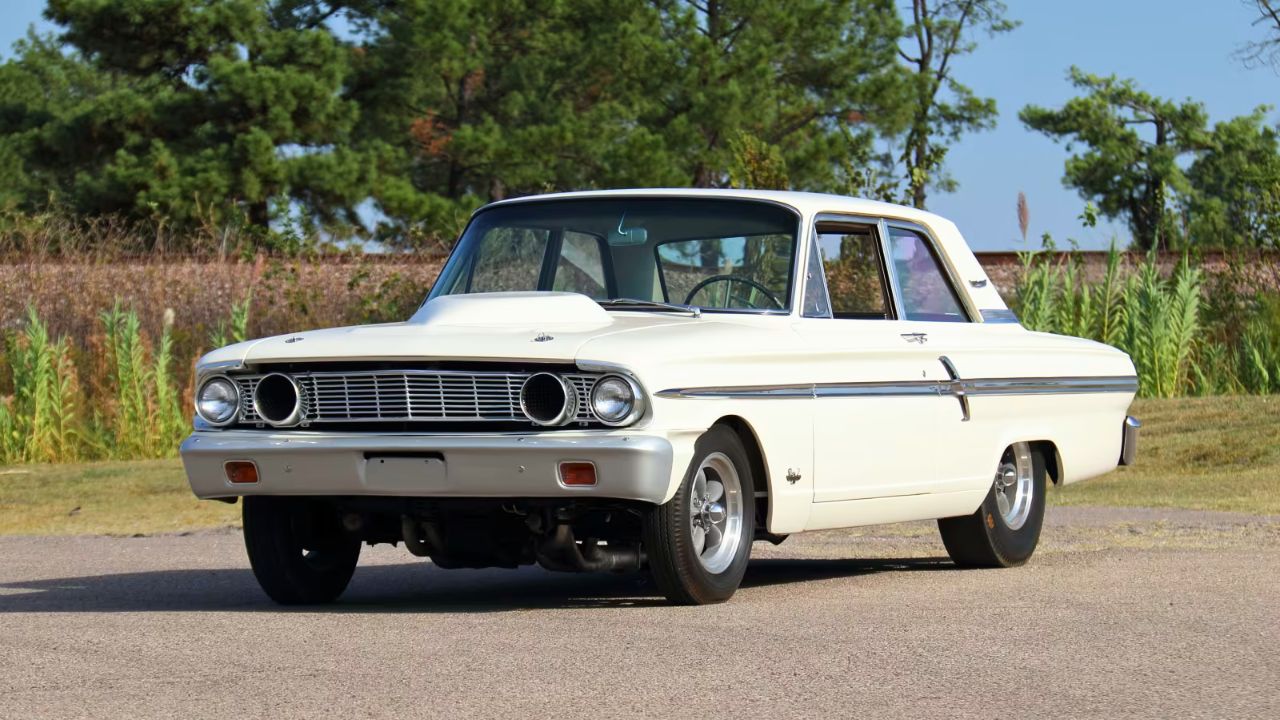
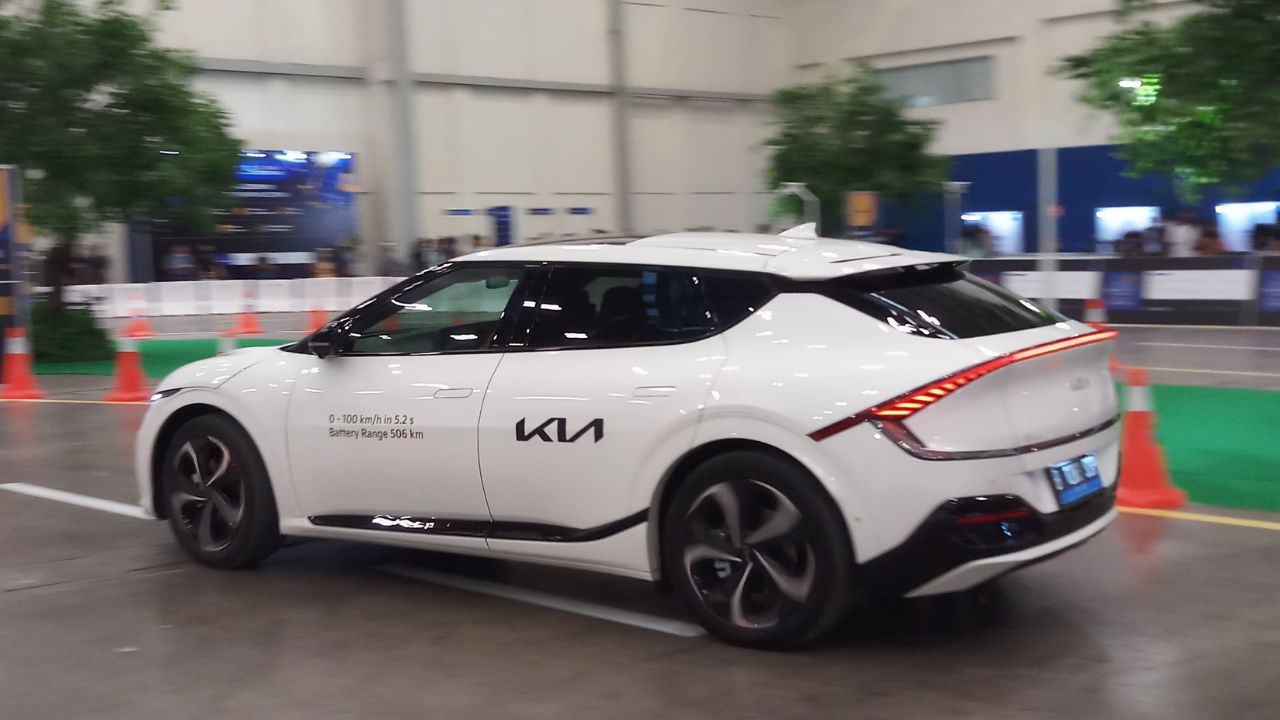



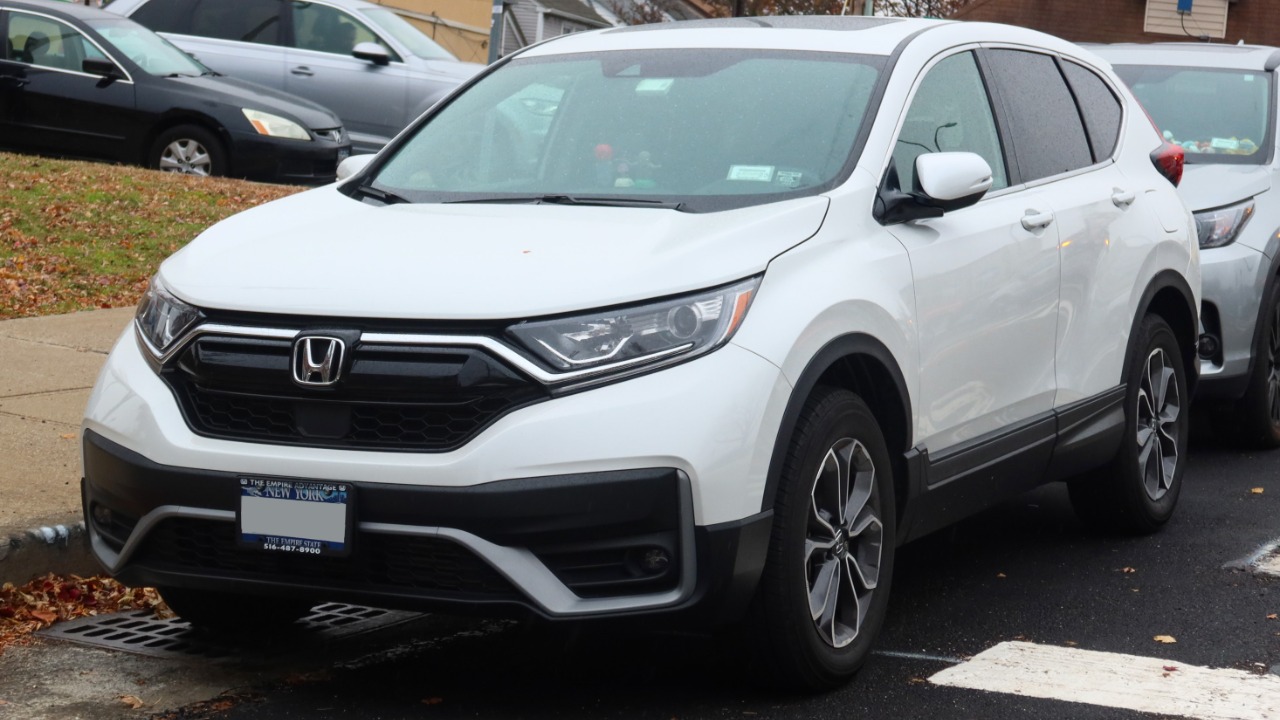
Leave a Reply